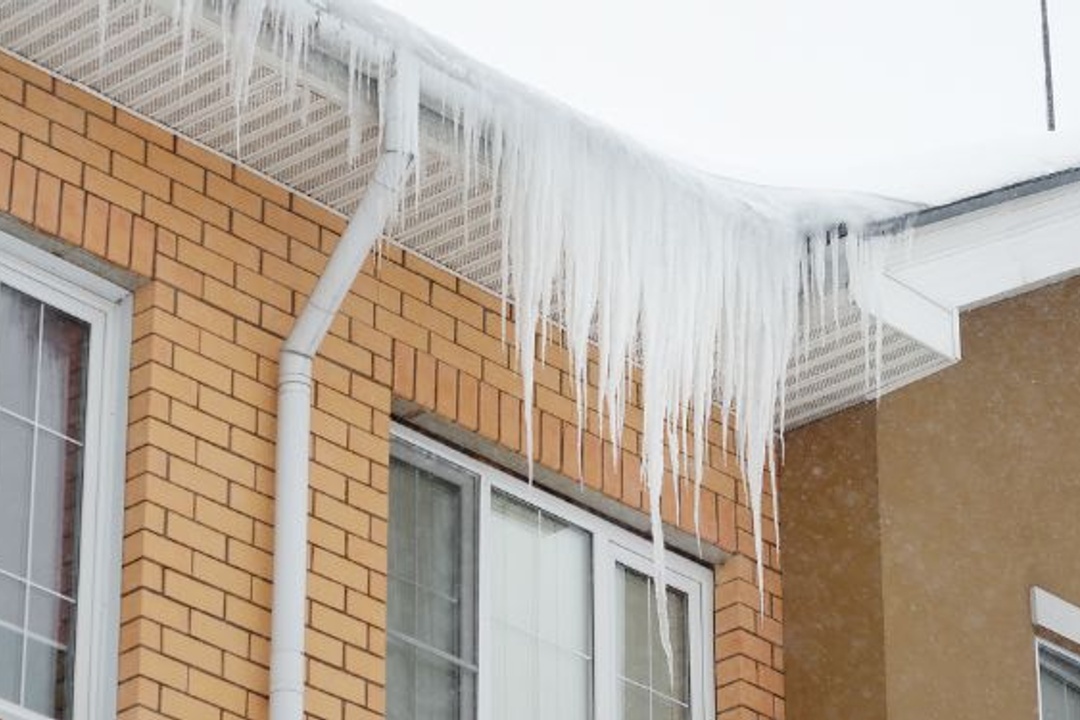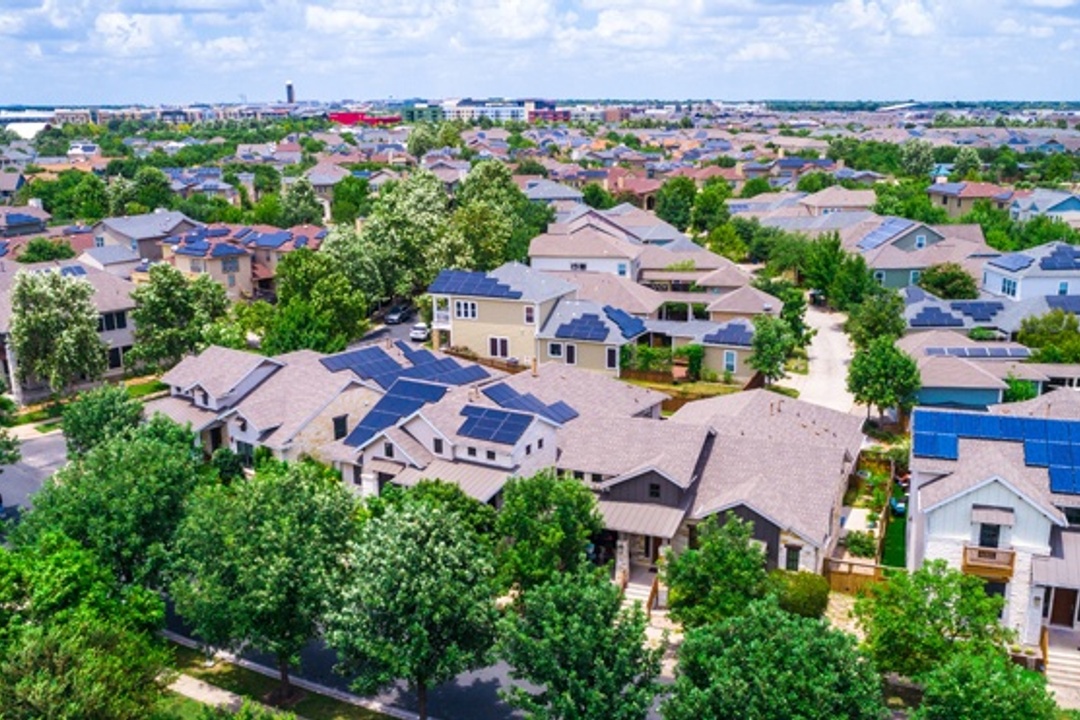
Establishing and following a maintenance schedule is the best way to maintain your household budget, to protect your investment and prevent problems from occurring. The schedule of maintenance tasks should not replace the manufacturer’s recommendations. We suggest that you use licensed contractors for any task you may feel that you don’t have the technical knowledge or ability to perform.
SPRING
• Make sure all of your drainage systems are working properly and that water drains away from your house.
• Check all landscaping and outdoor features, if the ground has settled or water is running back toward the house take corrective action immediately.
• Remember to turn on the interior water supply to exterior faucets. (IMPORTANT - check for leaks)
SUMMER
• Check the condition of concrete slabs, sidewalks and asphalt driveways-repair cracks as necessary.
• Make sure the sprinklers and hoses are not directed against the outside of the house. Remove debris from gutters, eaves troughs and downspouts. Hose them out and ensure good drainage flow.
• Make sure the plants and bushes do not grow up against the outside of the house (moisture can stay trapped causing damage).
FALL
• If you have large trees or shrubs close to the house, make sure they are trimmed well back to avoid branches damaging the exterior of the house or shingles interfering with vents.
• Check for leaves and debris in gutters and eaves troughs-check for blockages at the down-spout connections.
• Remember to drain and turn outside water faucet off before winter.
• Blow out underground sprinklers.
WINTER
• In freezing or snow conditions check for ice dams on the overhangs of the roof.
• Occasionally open windows to allow the house to air out (weather permitting) and/ or utilize your air exchanger or
dehumidifier.
MONTHLY
• Smoke and C02 Detectors-check operation by pushing test button to cause to emit a sound- if it does not, check circuit breaker or battery.
• Checks for signs of water leaks around toilets, under sinks, and around dishwasher regularly.
• Inspect and clean or replace furnace filter, humidifier plates or drums, and electronic air filters. Replace as required per manufacturer’s recommendation.
• Check water filters and water softener appliance regularly. The life of the filters is dependent upon water usage and local water conditions.
• Clean your dryer lint trap regularly. Damaged or torn lint traps should be replaced.
• Check the temperature pressure Release (TPR) valve on the water heater. The hot water tank should also be drained every six months to prevent sediment build up. Follow the manufacturer’s recommendation to turn off gas or power and protect against hot wat burns.
SEMI-ANNUAL MAINTENANCE
• Inspect the roof and chimney (if brick) for broken or missing tiles or shingles, to identify anything that might cause leaks or problems.
• Check all the caulking in your home around sinks, tubs, showers, and toilets to ensure it is in good condition and there are no leaks, gaps, seepage or mildew.
• Inspect the foundation, basement and/or crawl space for abnormal condition or cracks.
ANNUAL MAINTENANCE
• Check all interior and exterior wood trim and touch-up or repair as necessary.
• Have annual heating system/ furnace and hot water tank maintenance performed by a licensed contractor (this is to ensure proper calibration and safety - especially in the case of gas furnaces and hot water tanks).










